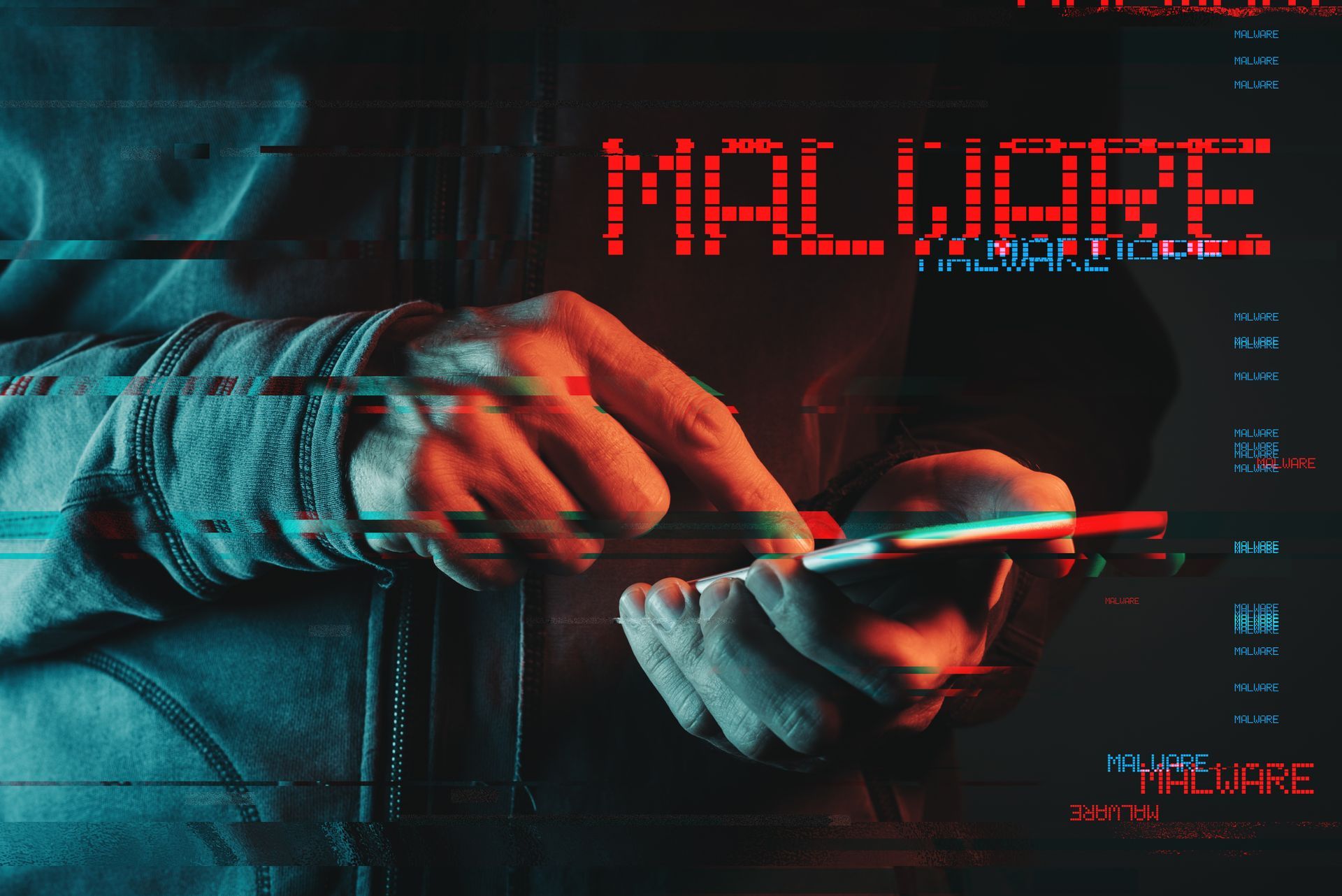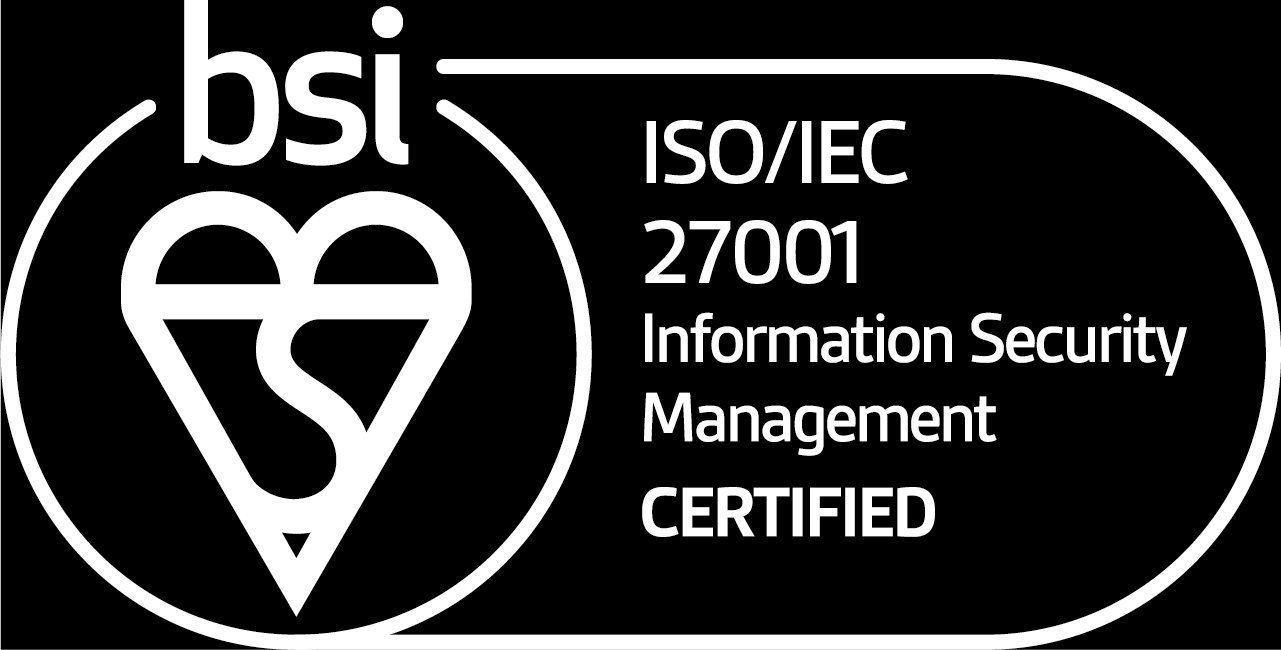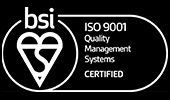Demystifying Zero Trust: What It Really Means for Your Organisation
Zero trust has become one of the most discussed concepts in cybersecurity, yet widespread misconceptions make it difficult for organisations to understand what it actually involves. Vendor marketing hasn't helped, with many claiming their products deliver "zero trust" when in reality, it's neither a product nor a simple switch you can flip.
This guide cuts through the confusion to explain what zero trust genuinely means and when your organisation should consider adopting it.
Understanding Zero Trust
Zero trust represents a fundamental shift in security philosophy. Traditional security operates like a castle with a moat—once you've crossed the perimeter defences, you can move freely inside. Zero trust works more like an airport: at every stage of your journey, you must prove your identity and authorization before proceeding. You're only granted access to your specific destination, and continuous monitoring watches for suspicious activity throughout.
The approach challenges the assumption that anything inside your network can be trusted by default. Instead, it requires continuous validation of identity, context, and risk signals before granting access to any resource—regardless of network location.
Zero Trust Architecture
Whilst zero trust describes the philosophy—the "why"—zero trust architecture describes the "how." It's the practical design and implementation combining multiple security controls, technologies, and principles to ensure every user, device, and service is continuously authenticated, authorized, and validated.
The NCSC's design principles provide detailed guidance on components and approaches for building architectures that deliver zero trust outcomes.
Common Misconceptions
It's Not a Quick Fix
Zero trust requires strategic commitment and significant effort. It's costly, potentially disruptive, and resource-intensive. Organisations should first understand their specific security challenges and whether zero trust addresses them, or if targeted controls could deliver similar benefits more efficiently.
It's Not a Product
You cannot buy zero trust off the shelf. It's an architectural approach—a collection of security controls and designs working together. Full migration may require rearchitecting systems over several years.
It Means More Controls, Not Fewer
Well-designed zero trust strengthens security through defence in depth with multiple protection layers. You may replace certain controls, but existing protections must remain until new architectures provide equivalent or stronger security.
It Doesn't Mean No Trust
Despite the name, zero trust involves plenty of trust—it simply requires building that trust through multiple signals rather than assuming it based on network location. The confidence level should match the sensitivity of what's being accessed.
VPNs Aren't Automatically Obsolete
Finding VPN replacements shouldn't be your goal. Zero trust and VPNs can coexist. Only remove VPNs once you've replaced the specific security controls they provide.
You Never "Complete" It
Just as you never "complete" cybersecurity, zero trust continuously adapts to new technologies, vulnerabilities, and threats. You'll reach milestones, but the journey continues as capabilities evolve.
Zero Trust: Reality vs. Fiction
| What Zero Trust IS | What Zero Trust IS NOT |
|---|---|
| Requires continuous authentication | A one-time access decision |
| An intentional security approach | A trend-driven move |
| An architecture | A product |
| Layered security controls | A flat network |
| Avoids inherent trust | Avoids trust altogether |
| Focuses on how access is granted | Focuses on connection method |
| Ever-evolving, long-term activity | A checklist or one-time deployment |
Should Your Organisation Adopt Zero Trust?
Before pursuing zero trust, define the threat scenarios you're addressing, assess existing capabilities, and determine whether this approach genuinely suits your needs. Zero trust can significantly reduce risk when applied appropriately, but it must be adopted deliberately—not simply because it's trendy.
Understand your specific security challenges first. If pursued without clear understanding of risks and objectives, zero trust can waste effort or even reduce effectiveness.
Expert Guidance on Zero Trust Implementation
At Altiatech, we help organisations assess whether zero trust aligns with their security requirements and develop practical implementation roadmaps. Our cybersecurity experts can evaluate your current architecture, identify appropriate controls, and guide your journey toward zero trust principles without unnecessary disruption.
Get in touch:
📧 Email:
innovate@altiatech.com
📞 Phone (UK): +44 (0)330 332 5482













